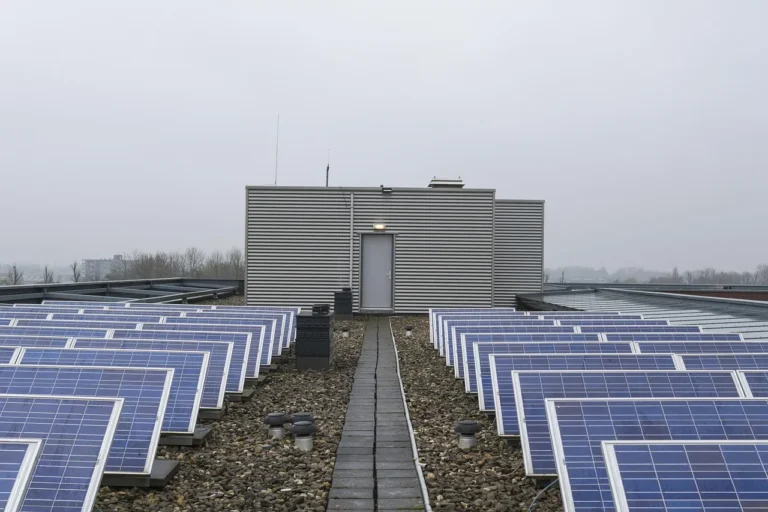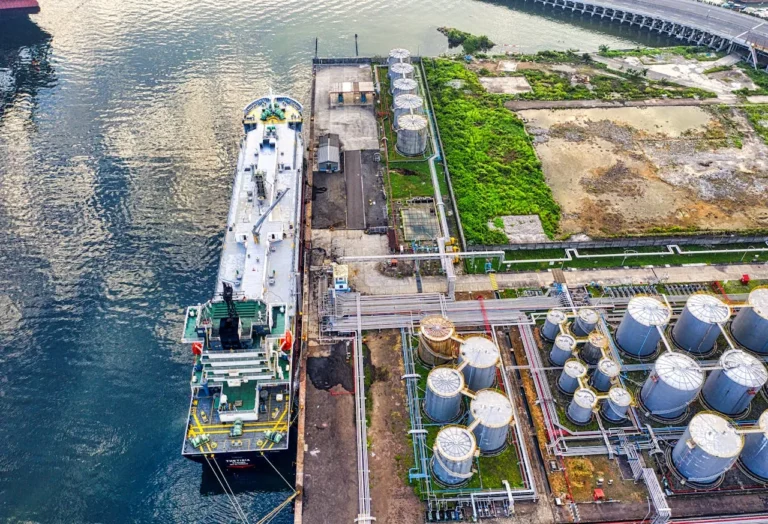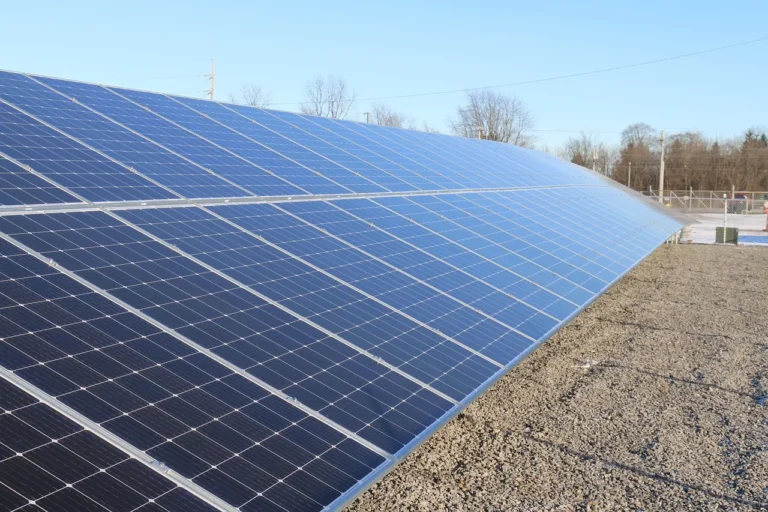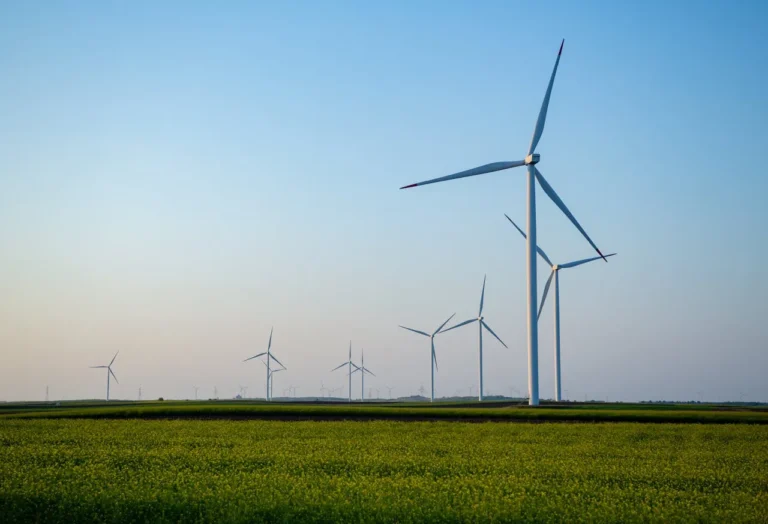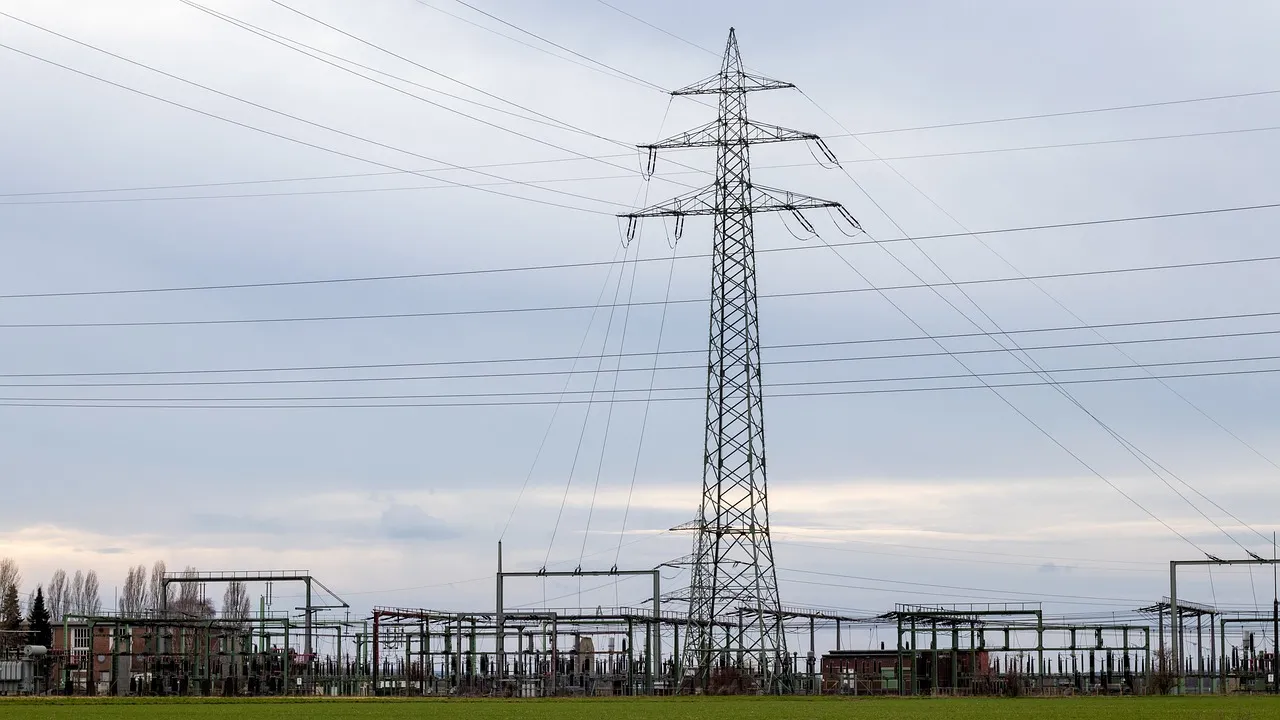
Kawasaki Heavy Industries and Amber Kinetics Expand Collaboration to Modernize Global Power Grids
Kawasaki Heavy Industries, Ltd. (KHI) and Amber Kinetics (AK) announced a significant step forward in their partnership with the signing of a new Memorandum of Understanding (MOU). This agreement, signed after a series of successful product demonstrations, extends their collaboration and integrates two breakthrough technologies: KHI’s iVSG (Virtual Synchronous Generator) and AK’s FESS (Flywheel Energy Storage System). Together, these technologies promise to revolutionize how power grids operate in an era defined by renewable energy integration and increasing demand for reliable electricity.
The global energy transition, while critical for sustainability, has created new technical challenges for grid operators. As more wind, solar, and other intermittent renewable energy sources are connected to the grid, stability issues have become more pronounced. The massive blackout in the Iberian Peninsula earlier this year underscored how fragile modern grids can become without the stabilizing influence of conventional synchronous generators. Against this backdrop, the KHI–AK collaboration represents a timely innovation aimed at ensuring reliability, resiliency, and stability in power delivery.
Why Flywheels Over Chemical Batteries?
In its evaluation, Kawasaki Heavy Industries identified Amber Kinetics’ flywheel storage as a superior alternative to conventional chemical batteries. Several factors contributed to this conclusion:
- Unlimited Cycling – Unlike lithium-ion batteries, which degrade over time and with frequent charging and discharging, flywheels can cycle indefinitely without loss of performance. This makes them ideal for applications requiring frequent or continuous charge-discharge cycles.
- No Fire or Explosion Risk – Safety is paramount in grid infrastructure. Chemical batteries, while widely used, carry inherent risks of thermal runaway, fire, or even explosions. Flywheel systems eliminate these concerns entirely.
- Environmentally Friendly – Chemical batteries eventually require disposal and recycling, which often involves environmentally harmful processes. Flywheels, by contrast, avoid toxic chemical waste and have far fewer end-of-life issues.
- Proven Track Record – Amber Kinetics has already accumulated over 1.6 million cumulative operating hours with its FESS technology. This real-world experience gives utilities and governments confidence in its reliability and scalability.
These features make the FESS particularly compelling at a time when regulators and operators are demanding sustainable, safe, and long-lasting energy storage solutions.
Combining iVSG and FESS: A Multi-Faceted Solution
By merging KHI’s iVSG with AK’s FESS, the two companies are creating a comprehensive platform that addresses several pressing needs in modern power systems:
- Grid Stability and Inertia Support
- Traditional power grids have relied on synchronous generators in fossil-fuel plants to provide inertia—the stabilizing force that helps grids resist sudden frequency and voltage fluctuations.
- KHI’s iVSG enables power-electronic-based resources to mimic this behavior, bringing stability back into grids dominated by renewables.
- The FESS complements this by delivering rapid, precise injections or absorption of energy, smoothing out fluctuations instantly.
- Augmenting Renewable Energy Projects
- Flywheels help stabilize the volatile outputs of solar and wind farms, ensuring smooth power delivery.
- This is especially critical for regions like the Philippines, which has hundreds of microgrid projects in development. The iVSG-FESS combination ensures that these microgrids remain reliable even with high renewable penetration.
- Electric Vehicle (EV) Charging Support
- With the rapid adoption of EVs worldwide, fast-charging infrastructure is putting immense strain on local grids.
- FESS can act as a buffer, storing power during off-peak hours and delivering it during high-demand periods when EVs need fast charging.
- This eliminates the need for expensive grid upgrades while enabling widespread deployment of DC fast-charging hubs.
- Telecommunications and Data Centers
- In the telecom industry, reliability is everything. Cell towers and data centers often rely on battery-based UPS systems, which come with high maintenance costs and limited lifespans.
- FESS provides a low-maintenance, instantaneous backup power solution that ensures continuity of service during outages.
- Electricity Trading and Ancillary Services
- Flywheels are uniquely positioned to provide frequency regulation services. Their ability to respond instantly to fluctuations makes them ideal for ancillary markets, where they can both generate revenue and enhance overall grid health.
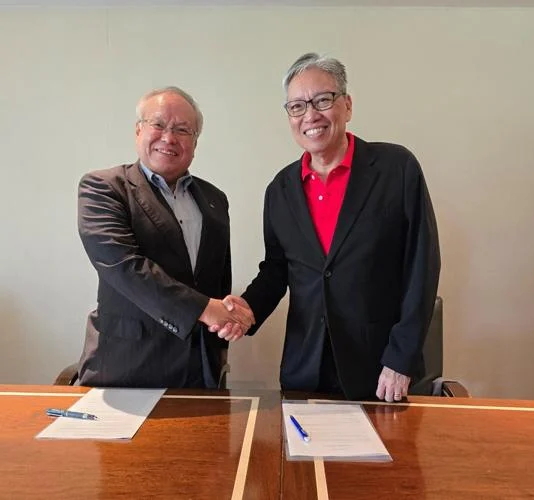
Recognition and Government Support
The combined technology has already drawn attention from governments and regulators. Edgar Chua, CEO of Amber Kinetics, emphasized this point, noting that both the Japanese and Philippine governments have recognized the potential of the iVSG-FESS platform. According to Chua, these governments see the technology not only as a solution to technical grid challenges but also as a path toward achieving sustainability and energy security goals.
The Philippine Department of Energy, in particular, welcomed the collaboration during a courtesy visit from KHI and AK. With the country’s ambitious microgrid expansion plans and its growing reliance on renewable energy, the technology could play a pivotal role in ensuring energy access and stability across its archipelago.
Global Deployment Strategy
While the Philippines is a natural early adopter due to its energy landscape, the partnership between KHI and AK has global ambitions. The initial deployment strategy focuses on three major regions:
- Australia – With one of the world’s highest renewable penetrations, Australia faces serious grid stability issues. Flywheel storage paired with iVSG could strengthen its weak grid connections and prevent blackouts.
- Southeast Asia – Many Southeast Asian nations are pursuing aggressive renewable targets while also expanding rural electrification. Microgrids supported by flywheel-iVSG technology could provide resilient, low-cost energy access.
- United States – As the U.S. grid integrates more renewables and expands EV charging infrastructure, demand for innovative storage and stability solutions is surging.
Following success in these markets, the companies plan to expand into Europe and beyond, helping to modernize grids worldwide and accelerate the clean energy transition.






